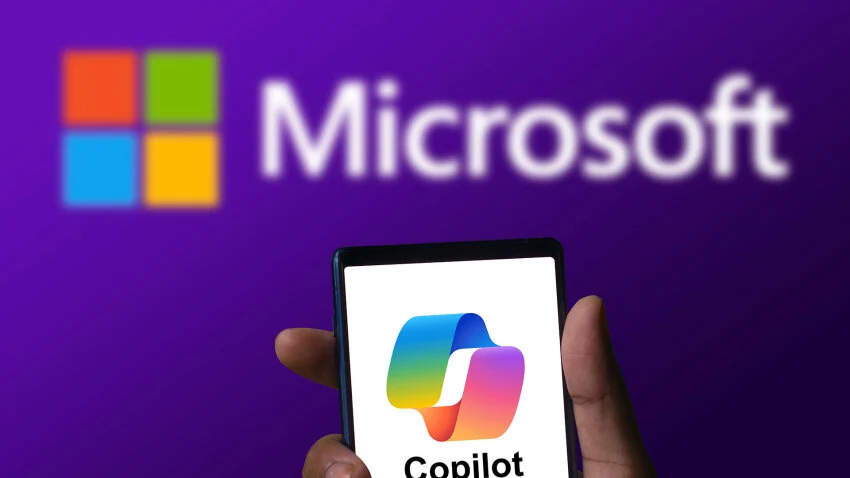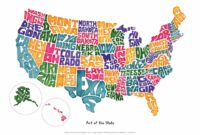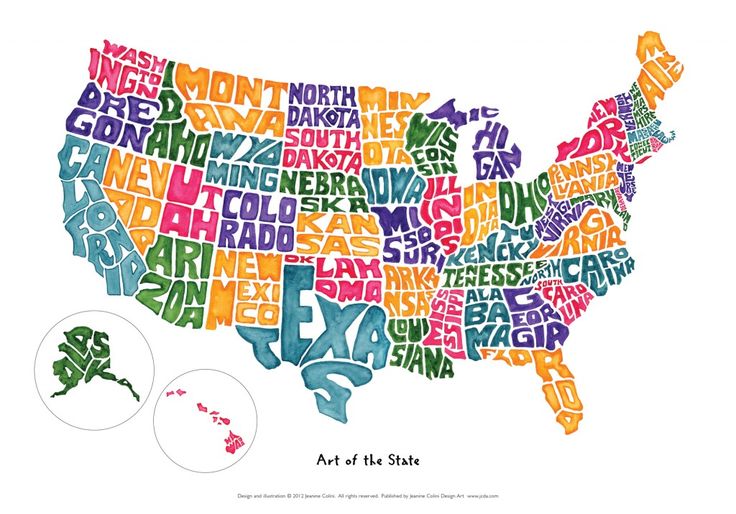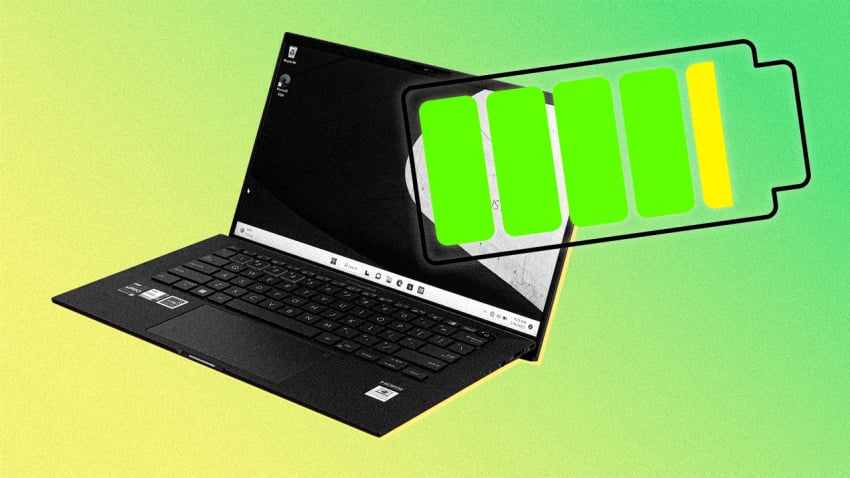Microsoft Copilot is an AI-powered assistant designed to enhance productivity across various Microsoft products and services. Integrated into popular tools like Word, Excel, PowerPoint, and even Microsoft 365 applications, Copilot leverages large language models (LLMs), such as OpenAI’s GPT, to assist users with tasks by understanding natural language inputs. Here’s a breakdown of what Microsoft Copilot is and how it works:
Key Features of Microsoft Copilot:
- Natural Language Processing (NLP):
- Copilot understands plain language commands, allowing users to interact with software through conversational text or voice prompts. For instance, you can ask Copilot to summarize a document, generate data insights, or create a presentation, and it responds with actionable results.
- Integration Across Microsoft 365:
- Word: Helps with drafting, summarizing, editing, and reformatting documents.
- Excel: Assists with data analysis, creating formulas, generating insights, and summarizing trends.
- PowerPoint: Automatically generates presentations based on user input, offering layouts, suggestions, and designs.
- Outlook: Drafts emails, summarizes threads, and prioritizes important messages.
- Teams: Assists with meeting summaries, note-taking, and follow-up actions.
- Contextual Awareness:
- Copilot has the ability to understand the context of the document, email, or dataset it is working on, allowing it to generate relevant suggestions. It can pull data from various sources within the Microsoft 365 ecosystem and incorporate them into responses.
- Data-Driven Suggestions:
- In apps like Excel, Copilot can analyze complex data sets, create charts, and offer projections, saving users time in managing large amounts of data.
- Automation of Repetitive Tasks:
- Copilot helps automate mundane or repetitive tasks, such as formatting documents, updating spreadsheets, or following up on emails. This frees up time for more strategic and creative work.
- Collaborative Assistance:
- Integrated into Microsoft Teams, Copilot can improve team collaboration by automatically generating meeting notes, assigning tasks, and summarizing key discussion points, making it easier to stay on track and follow up on critical items.
- AI-Driven Creativity:
- In PowerPoint, for example, Copilot can create entire slide decks from a simple text outline, suggesting relevant images, data points, and layouts to make the presentation more engaging.
How It Works:
Copilot uses AI models to interpret user input and act on commands within the context of the application it’s embedded in. For instance, if you’re working in Excel, Copilot might automatically generate complex data visualizations when you provide a brief description of the analysis you need. It pulls from the Microsoft Graph, which contains data from across your Microsoft 365 apps, ensuring that the suggestions and actions are relevant and personalized.
Microsoft Copilot and GitHub:
In addition to Microsoft 365, GitHub Copilot, another AI-powered assistant, is integrated into coding environments to assist developers by suggesting code snippets, completing code, and even generating entire functions based on comments and context.
Future Potential:
Microsoft is positioning Copilot as part of its broader AI strategy to empower workers by making their productivity tools smarter and more intuitive. It aims to help users make faster decisions, reduce repetitive tasks, and enhance creativity across all types of work.
Copilot’s AI Ethos:
Microsoft emphasizes the role of responsible AI, ensuring that Copilot complies with privacy and security standards, such as safeguarding user data and providing transparency in how it generates content.
Overall, Microsoft Copilot represents a significant shift in how users will interact with software, transforming productivity with advanced AI at its core.


















Leave a Reply